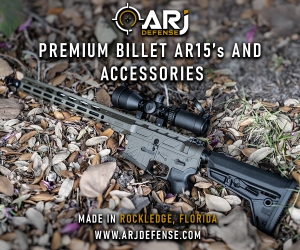I'm about to retire and thinking about starting to cast my own bullets. I currently reload for .38/357 and .32 h&r and .327 mag. I've reloaded for .45 Colt and 30/30 and plan to add those back to the list soon.
Until now I have purchased cast bullets for my loading.
I have access to a private range and can probably reclaim most of my lead.
Please advise me of the basics to get started casting. If I fire 2k rounds,b combined calibers per year, is it cost effective? I'm retiring within a year and thinking of adding this to my hobby list. Thanks in advance!
Until now I have purchased cast bullets for my loading.
I have access to a private range and can probably reclaim most of my lead.
Please advise me of the basics to get started casting. If I fire 2k rounds,b combined calibers per year, is it cost effective? I'm retiring within a year and thinking of adding this to my hobby list. Thanks in advance!







